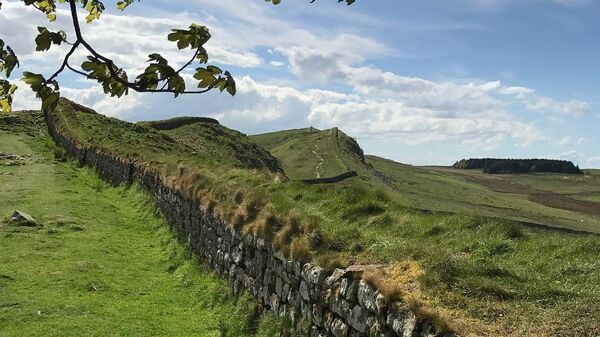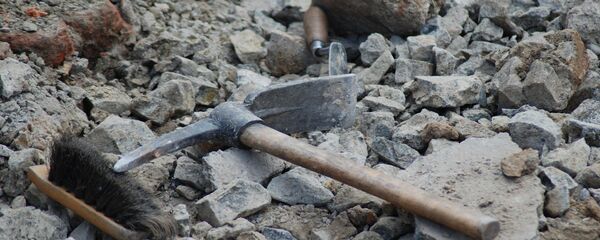Stone tablets unearthed in Carlisle in northern England’s Cumbria region, which was once an outpost of the Roman Empire, have exposed links between the area and a flourishing city at the southern end of the ancient civilisation.
The inscriptions, which were considered to be the oldest discovered handwritten documents in Britain, are basically thin, postcard-sized wooden fragments. The inscriptions are written in carbon-based ink. The tablets, now held in the British Museum and at Vindolanda in Cumbria, helped the Romans communicate not only about official matters, but also exchange personal messages with families and slaves.
Thanks to these findings, researchers linked have this British region to Neapolis, which is now a network of underwater ruins off the coast of north-eastern Tunisia. The city in North Africa is thought to have been an important export centre for the Romans’ favourite fish sauce, garum. According to Channel 5’s show “Ancient Mysteries”, the so-called Vindolanda tablets helped explain how producers in Neapolis managed to reach consumers “thousands of miles away”.
“The answer can be found in a unique collection of documents that suggest Neapolis was part of the ancient world’s greatest supply chain, one that would power the Roman military machine as it conquered over two million square miles”, the series says.
According to it, Hadrian’s Wall hosted “the largest Roman army in the entire Empire” in the early second century AD, as the military struggled to control the lands which were conquered only shortly before. More than 30,000 soldiers, who brought their families and communities, are said to have been stationed in this newly-acquired part of the Empire.
“Among the many treasures, archaeologists have uncovered around 500 letters sent to and from Roman troops based at the fort. Many contain requests for favourite foods from back home, the find reveals that, even here, soldiers were being sent a variety of goods from their home countries. Among the most sought after products was garum”, the series revealed.





